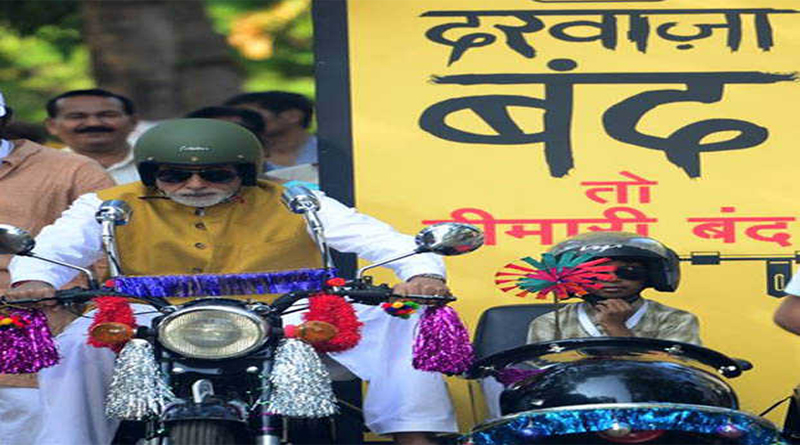A New Chapter in Tax Reform: Background & Purpose
The Income Tax Bill, 2025 was first introduced in the Lok Sabha on February 13, 2025, marking the government’s most ambitious attempt to overhaul the Income-Tax Act of 1961, a statute that has governed India’s direct taxation system for over six decades. The goal of the proposed legislation was clear: to simplify tax laws, streamline procedures, and make compliance easier for both individuals and businesses. With over 4,000 amendments and more than 500,000 words, the original Act had become highly complex and difficult for the average taxpayer to interpret.
In a significant move, the government has formally withdrawn the original version of the bill. A revised draft, incorporating recommendations from the Parliamentary Select Committee chaired by BJP MP Baijayant ‘Jay’ Panda, will be reintroduced on August 11, providing a more refined and comprehensive version for Parliamentary review.
Why the Original Draft Was Withdrawn
The decision to pull the earlier draft was primarily aimed at preventing confusion caused by multiple iterations circulating simultaneously. According to government sources, the reintroduced bill will be a consolidated document, reflecting feedback from stakeholders and recommendations from the committee, thereby ensuring legislative clarity and enhancing transparency in the reform process.
Key Objectives of the Revised Bill
At its core, the revised Income Tax Bill, 2025 aims to:
· Modernize and simplify tax language
· Remove outdated and redundant provisions
· Improve the taxpayer experience
· Avoid unnecessary litigation for individuals and MSMEs
Chairman of the review committee, Jay Panda, emphasized that the updated law reduces the complexity of the old system by nearly 50%, making it far more accessible. “This reform especially benefits small businesses and MSMEs, which often struggle with legal jargon and procedural red tape,” he said.
No Change in Tax Rates—Clarifications Issued
Contrary to speculation, the Income Tax Department has clarified that the new legislation does not alter any existing tax rates, including long-term capital gains (LTCG). Any potential misunderstandings on this front will be formally addressed during the passage of the bill, the department assured.
Direct Benefits to Middle-Class Taxpayers
The revamped tax framework is expected to bring immediate financial relief to the working and middle classes, which form the backbone of India’s consumption economy. According to the Finance Act, 2025, the rebate threshold under Section 87A for individuals opting for the new tax regime has been increased from ₹7 lakh to ₹12 lakh, with the maximum rebate amount raised from ₹25,000 to ₹60,000.
Additionally, marginal relief provisions have been extended to those slightly exceeding the ₹12 lakh limit, ensuring that no taxpayer is unduly penalized for marginal income increases.
Looking Ahead: Implementation and Impact
The government plans to enforce the new Income Tax law from April 1, 2026, giving taxpayers ample time to understand and adapt to the new regime. The revised legislation, with its emphasis on clarity and accessibility, represents a significant stride toward a fairer and more inclusive tax system.
A Step Toward Equitable Taxation
The withdrawal and redrafting of the Income Tax Bill, 2025 demonstrate the government’s commitment to creating a transparent, efficient, and taxpayer-friendly system. While the bill doesn’t revise tax rates, its structural reforms promise reduced compliance burden, legal clarity, and greater financial inclusion for ordinary citizens and small enterprises. As the new draft heads back to Parliament, a consultative approach and phased implementation will be key to ensuring its long-term success.
(With agency inputs)






















